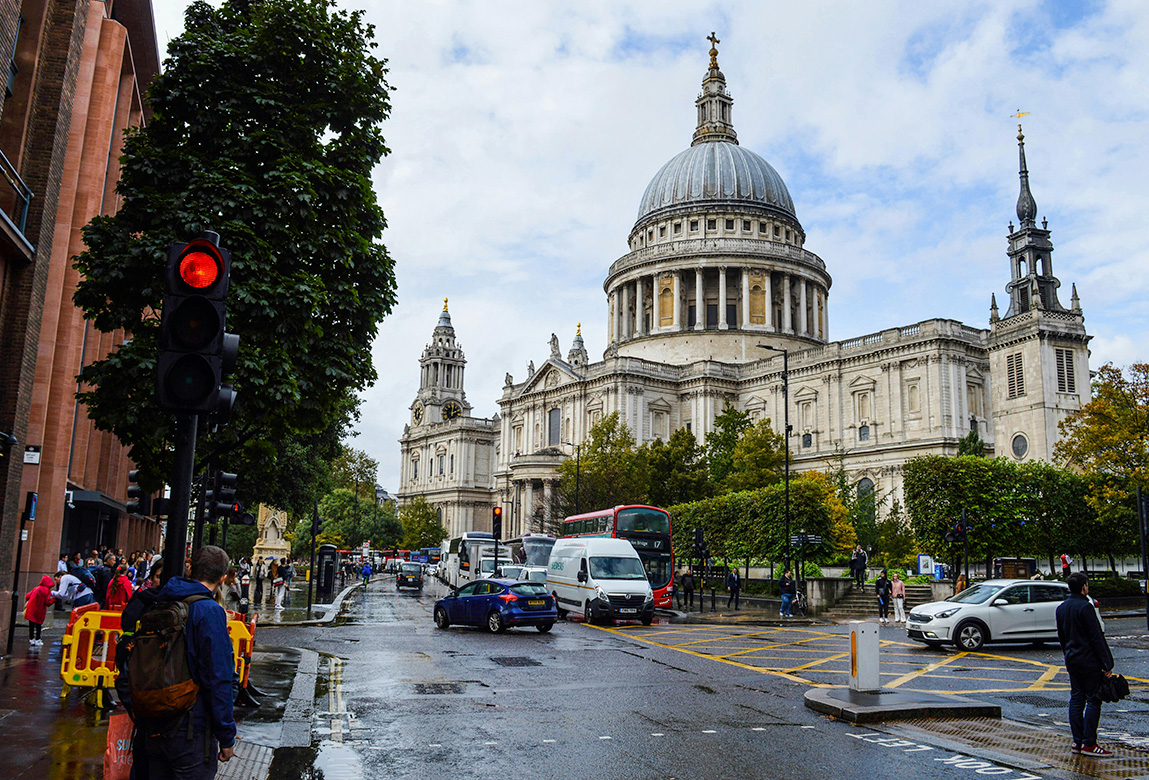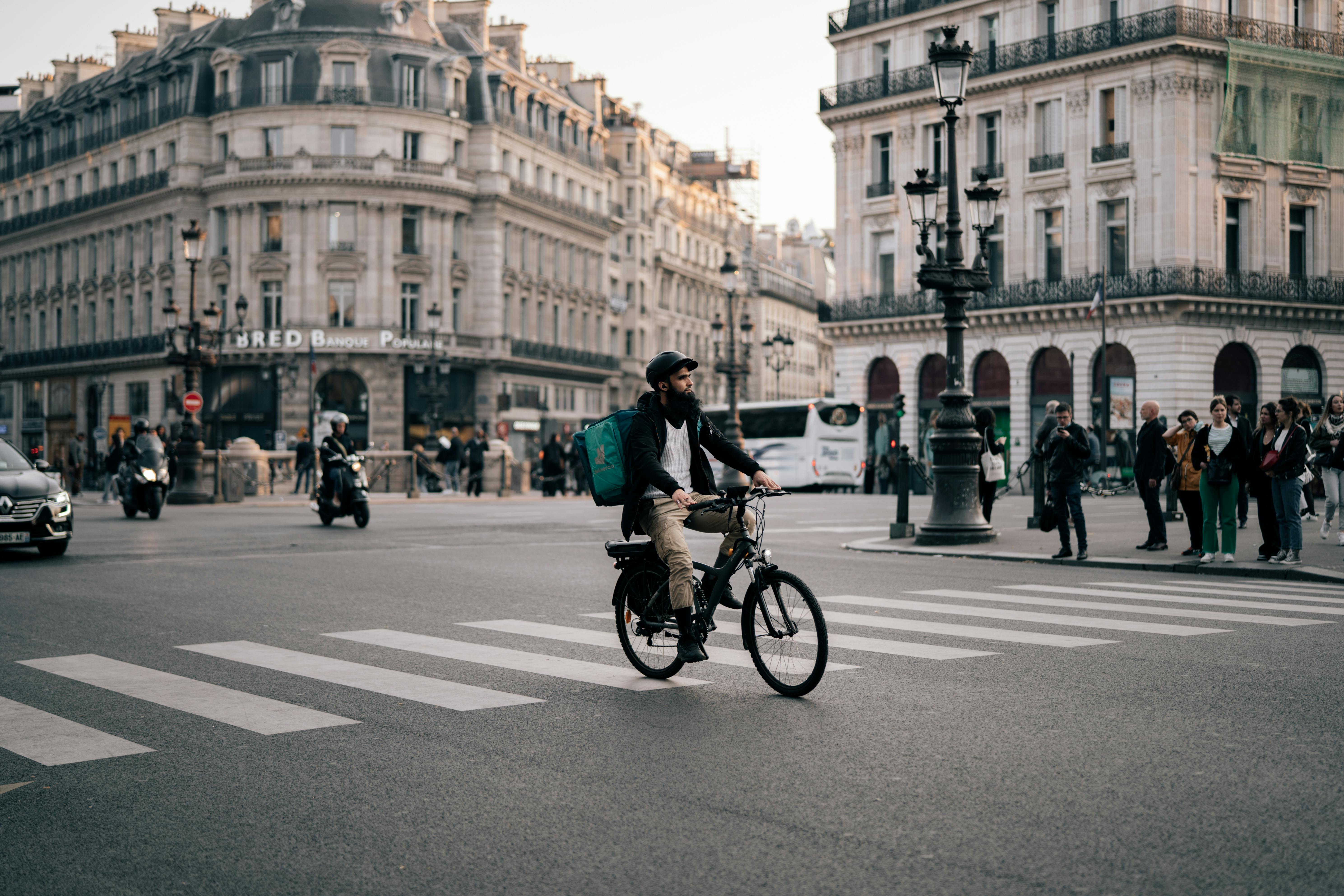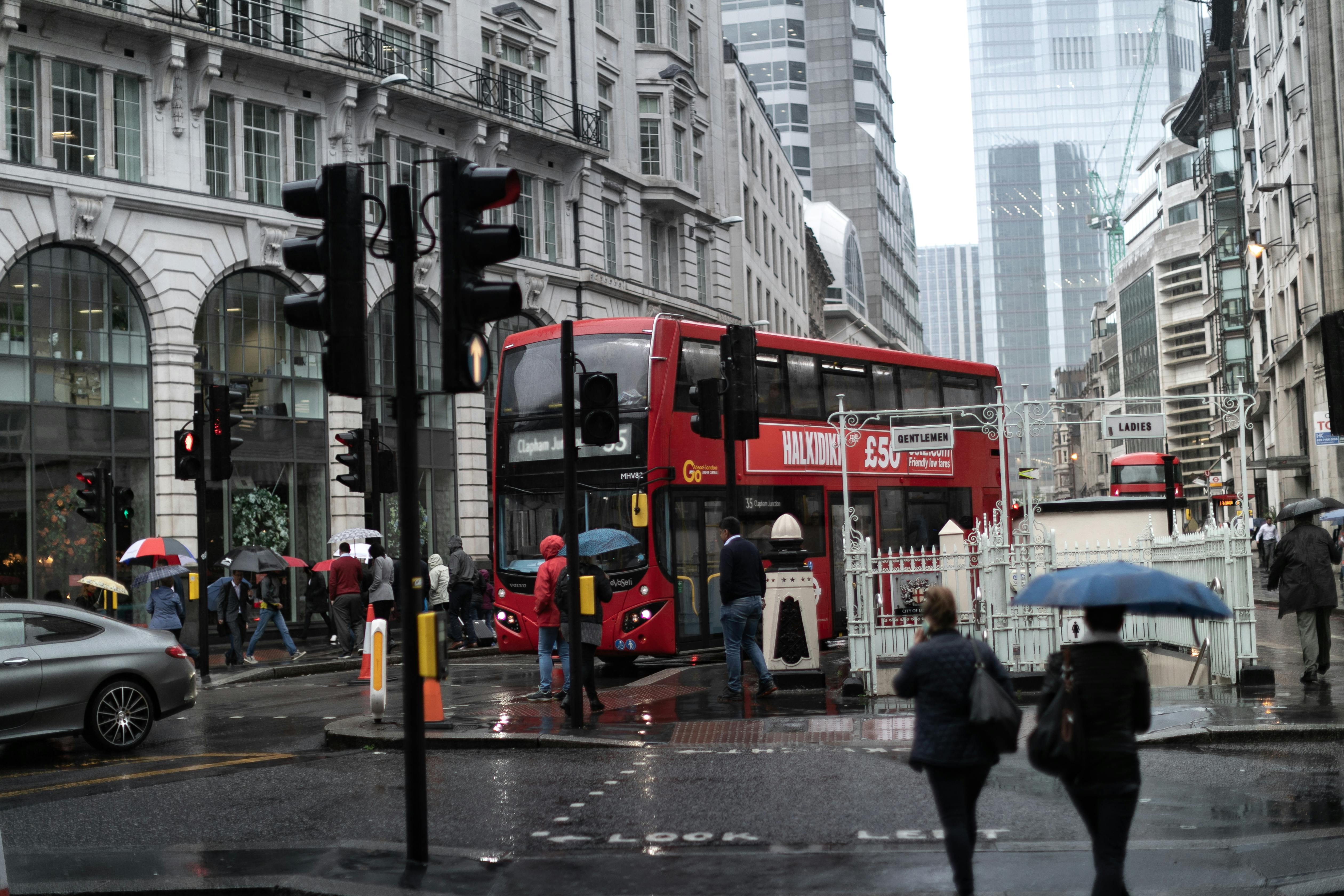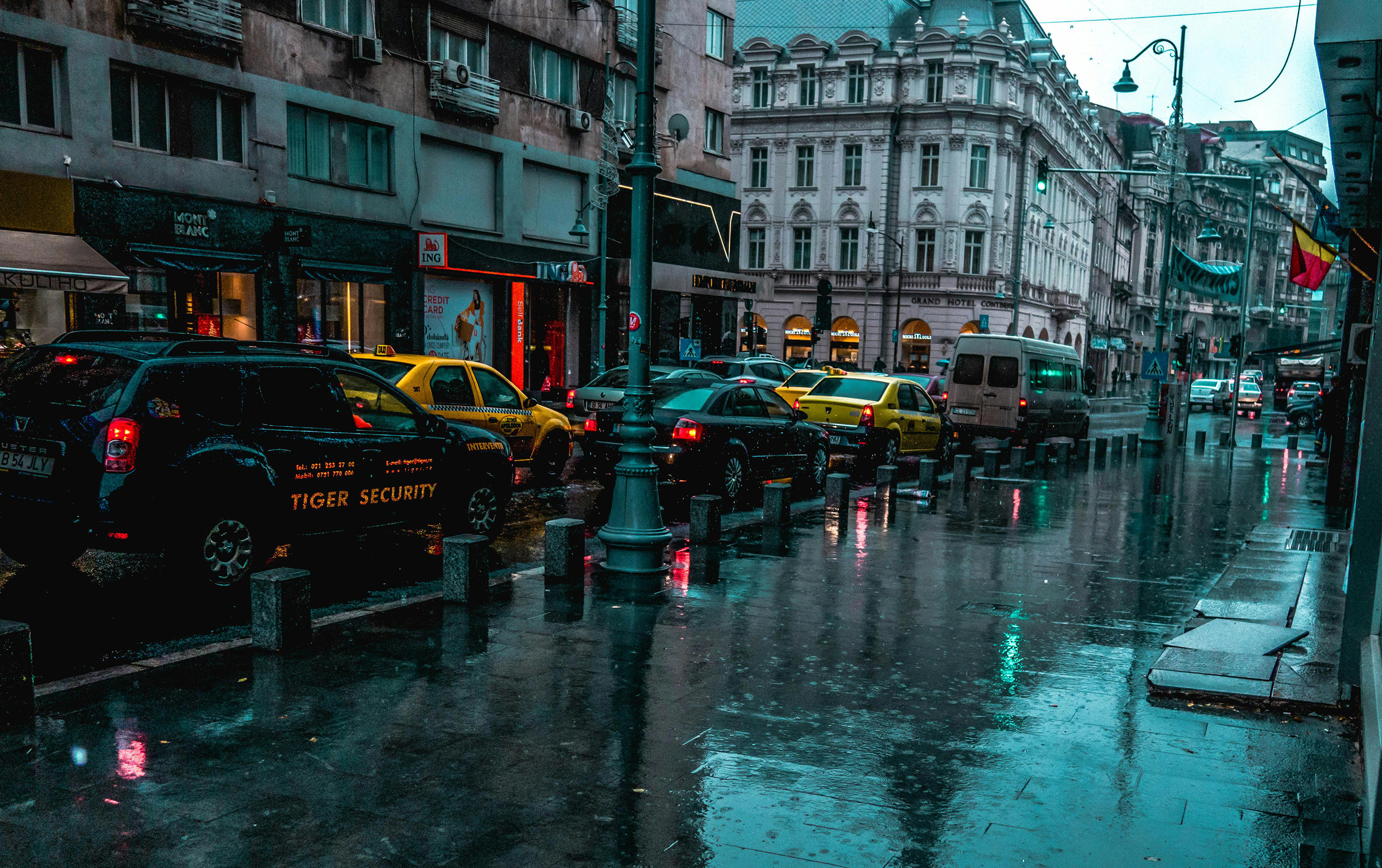40% of British adults say they would like their medicines delivered. Whether it’s a quick takeaway, groceries, or much-needed medicine, delivery services have become an integral part of daily life in Greater London. But what does this convenience mean for the quality of life here? Let’s unpack how this industry is shaping our city, for better or worse.
The Convenience Factor
Imagine this: it’s pouring rain, you’ve just finished a long day at work, and the thought of braving the crowded supermarket aisles feels like a chore too far. That’s when you reach for your phone, place an order, and within an hour, groceries or that urgent prescription are at your door. It’s a modern miracle for many Londoners—one that provides more time for the things that truly matter, like spending time with family or simply unwinding. Delivery services are no longer a luxury; they’ve become essential to maintaining the work-life balance that so many struggle to achieve in our fast-paced city.
The Hidden Workforce
Behind every seamless delivery is a rider navigating the complex web of London’s streets. For delivery riders, this job isn’t just about dropping off food or packages; it’s about making ends meet in a city where living costs are constantly on the rise.
But the reality for many riders isn’t just about the thrill of being on the move. It’s a job that comes with challenges—unpredictable hours, tough weather conditions, and the physical demands of riding all day. Riders deal with navigating London’s notorious traffic, contending with both the city’s increasingly bike-friendly (but often hazardous) roads and new Low Emission Zones (LEZ) that push for greener, albeit stricter, delivery options. Despite the pressures, the job’s flexibility allows riders to fit work around their lives, making it a viable option for those who need it most.
The Cost of Convenience
While delivery services have made life easier for consumers, the cost of this convenience isn’t just financial. For local high streets and small independent shops, the rise of delivery services poses a direct challenge. Londoners are increasingly opting for the ease of online orders rather than visiting their local stores, leading to a decline in foot traffic that many businesses rely on. The struggle to compete with major delivery platforms has seen some beloved local spots shutter, taking with them a piece of the community.
London’s landscape is changing; delivery apps have replaced the casual stroll down the high street. As we lean into convenience, we might be losing the sense of connection with our neighbourhoods that makes this city feel like home.
Environmental Impact
The streets of London are buzzing with scooters, bikes, and vans delivering everything from pad thai to essential medicines. But what does this mean for our environment? While the rise in electric bikes and eco-friendly delivery options offers a glimmer of hope, the overall carbon footprint of this industry remains a concern. London is already grappling with pollution issues, and the increase in delivery traffic contributes to the larger problem. Yet, it’s worth considering that these services also reduce the number of individual car journeys, as many choose to stay home rather than drive.
The Social Connection
There’s an often overlooked aspect of delivery services—the human touch. For the elderly or those with limited mobility, a delivery might be their only interaction with another person that day. A simple “Hello” from the delivery rider can brighten someone’s day in ways that are hard to quantify. Riders become familiar faces, and in some cases, they’re even checking in on the wellbeing of regular customers. This unintended social lifeline adds a layer of humanity to what might otherwise feel like an impersonal transaction.
A Double-Edged Sword
While delivery services undeniably make life easier, they also pose questions about what we’re losing in exchange for convenience. Are we becoming less patient, more isolated, or overly reliant on our phones? Are we sacrificing our local high streets for the sake of convenience? These are questions worth pondering as we continue to integrate these services into our daily routines.
As London’s skyline evolves, so too does the way we live, work, and connect. Delivery services are here to stay, reshaping our daily lives in ways that go far beyond just getting a meal or package to our doors. Next time you order, take a moment to appreciate the journey that package, meal, or medicine took to get to you. How can we, as Londoners, make this essential service more sustainable and fair for all involved?
Whether you’re the one placing the order or the rider on the bike, delivery services are woven into the fabric of London life, providing a unique lens through which to view our ever-evolving city.









